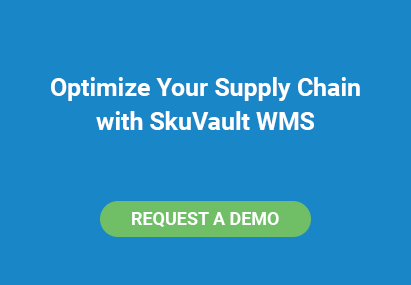 I know it’s hot out there, and this news is bound to make a few people hot-headed, but in the wise words of Batman Supervillain: Mr. Freeze, “everybody chill”.
I know it’s hot out there, and this news is bound to make a few people hot-headed, but in the wise words of Batman Supervillain: Mr. Freeze, “everybody chill”.
Amazon's Announcement
Months ago Amazon announced in a letter its plans to implement High-Volume Listing Fees. Well, it’s nearly August 1st, and everyone around the water cooler is freaking out.
The letter partially read as follows:
"Starting August 1, 2016, we will identify non-media ASINs where: (i) you have an active offer, (ii) the ASIN was created more than 12 months ago, and (iii) the ASIN has not had a sale from any seller in the past 12 months. Your first 100,000 ASINs that meet these criteria will not be charged the High-Volume Listing Fee. For each additional ASIN (above the first 100,000) that meets these criteria, you will be charged a monthly High-Volume Listing Fee of $0.005 per ASIN. The High-Volume Listing Fee will be charged monthly and will be applied to your highest number of applicable ASINs above 100,000 at any time during that month."
Basically, the first 100,000 ASINs will not be charged, but instead subtracted from the highest applicable ASINs charged at $0.005 each. So if a t-shirt company had 300,000 various t-shirts in stock, their monthly fee would be 300,000 minus 100,000 at $1,000/month.
FBA merchants are no strangers to a switch in Amazon fees. Although edited, this new FBA action mimics the current High-Volume Listing Fee enacted in 2015. However, the current policy only applies if a seller exceeds two million ASINs/month rather than the first 100,000 taking effect in August.
Why It's Happening
Why is this happening? Amazon has been moving towards decluttering their warehouses and it seems they're now shifting focus to their catalog. In fact, since its announcement, customers lauded Amazon for making their purchase process less repetitive and messy.
This change mostly impacts Fulfillment By Merchant members, and, more specifically, dropshippers. Particularly disadvantaged are dropshippers with customizable merchandise like t-shirts and window blinds or broader merchandise like used books and supplements.
So what does this mean for you?
Amazon’s High-Volume Listing Fee, from a seller’s perspective, really isn't a big deal. To the majority of sellers, having multiple listings that haven’t sold in a 12 month period is almost unimaginable. However, Amazon has enough of these sellers who do fit the criteria that they feel charging an extra $0.005 per ASIN is worth their while.
While it may be surprising that so many people fall into this category, it really isn’t so farfetched. When looking at certain types of sellers, managing multiple high volume listings creates an opportunity for high profitability. However, if you are a seller, who for example, is listing their supplier’s inventory instead of your own this creates a problem. Listings like these rarely lead to many sales and leaves Amazon to bear the cost of the listing when most of them will never sell. Amazon’s main purpose for this announcement is to discourage the types of sellers who fit the criteria and create high-volume listings unnecessarily.
What You Can Do
Get a Warehouse Management System (WMS). Amazon doesn’t really have a good way displaying what these high-volume slow-movers are. If you find yourself with this problem, consider a WMS like SkuVault, which has a built-in searchable catalog on your desktop which shows last sell, order, and delivery dates.
Redirect customers to your website. Reserve Amazon for only the high-volume items and avoid the fee. With an intuitive WMS you can manage your inventory across multiple selling platforms, making it easier to list only certain SKU’s on particular websites.
Just pay the fees. If you believe your item sells enough to justify the small fee (.005 cents) then just list it! However, it would be beneficial to do a cost analysis to evaluate with of your products would benefit from remaining available on Amazon and paying the fee.
With recent Amazon trends, consider looking at warehouse management system or consider this as a belated “spring cleaning” opportunity to melt off some stale SKU’s.
